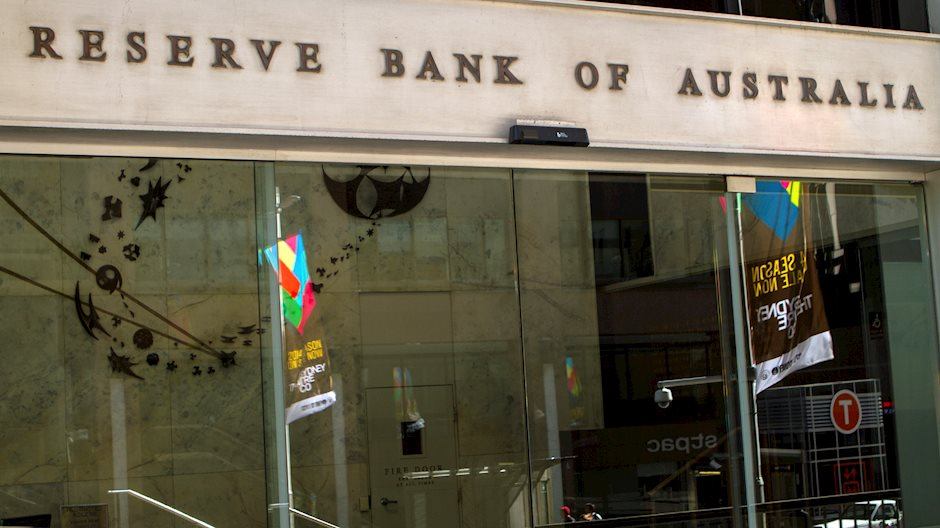RBA Preview: Forecasts from eight major banks, wait and see

The Reserve Bank of Australia (RBA) will announce its next Interest Rate Decision on Tuesday, March 19 at 03:30 GMT and as we get closer to the release time, here are the forecasts by the economists and researchers of eight major banks regarding the upcoming central bank's decision.
Six weeks have passed since the last RBA Board meeting instead of the long-established one-month break between meetings. The Board will therefore have more information than it is used to for its monetary policy deliberation but the RBA is still expected to keep rates steady at 4.35% for a third consecutive meeting.
ANZ
We expect the RBA to retain a mild tightening bias, with no change in rates. We expect the post-meeting statement will again highlight risks that higher inflationary expectations become entrenched (risks that should start to dissipate after the next quarterly CPI) and that services inflation could remain sticky. We also expect the statement will still describe the labour market as tight (based on the metrics the RBA is using).
Standard Chartered
We expect the RBA to keep rates unchanged at 4.35%. We expect rate cuts to start only in Q4-2024.
ING
At the moment, the RBA is still way off the point of considering rate cuts, and the RBA maintained a faint bias towards tightening at the last meeting, even if this was watered down a bit. Since then, the run of data has been quite helpful to those talking up the prospect of more and earlier rate cuts, with lower-than-expected inflation and some signs of a slowdown in the macro numbers, including GDP and the labour market. It would be a very stark signal if the RBA were to remove that bias at its March meeting, and it may be worried that this would send too strong a signal at this stage. However, some further watering down and hints about a move towards neutrality might be in order.
Westpac
We anticipate that the RBA will leave the cash rate unchanged at 4.35%. The Board will meet to discuss recent economic data. That includes the Q4 National Accounts, which confirmed that the Australian economy had a soft finish to 2023. Additionally, the Q4 Wage Price Index revealed an underlying slowdown in private sector wages growth, as labour market conditions ease and inflation continues to decelerate. The Board will be comforted by these developments, given its aim to align demand with supply and ensure inflation trends toward, and eventually reaches target. We continue to expect the RBA to remain on hold until September, wherein the Board will be sufficiently confident that the restrictive policy setting can be reduced at an incremental and measured pace.
TDS
It should be a fairly straightforward on-hold decision, though focus will be if the RBA retains its soft hawkish bias. The jobs market has shown cracks after the dismal Dec-Jan prints while monthly CPI reaffirms the disinflation narrative, with the near-term inflation impulse towards the downside. We will keep an eye out on QT plans as the RBA has kept strangely quiet about it.
Rabobank
We expect no change to the policy rate or the bank’s slight hawkish bias, especially since the RBA meeting will predate the February labour market report by two days.
Citi
We expect a continuation of the sentence ‘it will be some time yet before inflation is sustainably in the target range’ followed by ‘a further increase in rates cannot be ruled out’. In making the likely decision to keep the cash rate at 4.35% and guidance mildly hawkish, the RBA Board will also be mindful that services inflation remains sticky, the labor market remains tight and productivity growth below the assumption required for wages growth to be consistent with the inflation target, which is now at 2.5%, requiring more precision than the previous range of between 2% and 3%.
SocGen
We expect the RBA to hold the cash rate target at 4.35% for a third consecutive meeting. Recent economic indicators and the global environment continue to support our view that the RBA tightening cycle is already over and a fresh easing cycle will begin this year. The policy statement is likely to become more dovish, referring to the slowdown in GDP and employment growth and dropping hints about a further rate hike.
Author

FXStreet Insights Team
FXStreet
The FXStreet Insights Team is a group of journalists that handpicks selected market observations published by renowned experts. The content includes notes by commercial as well as additional insights by internal and external analysts.

















